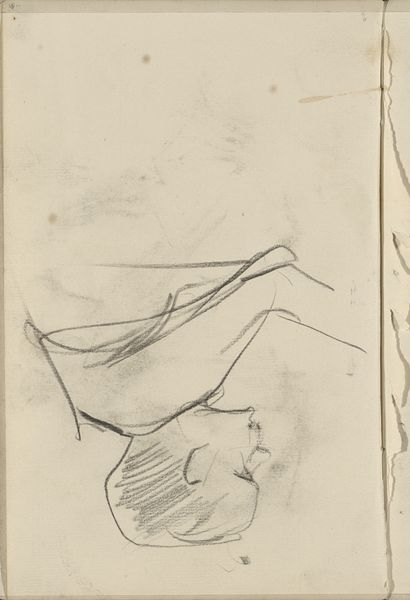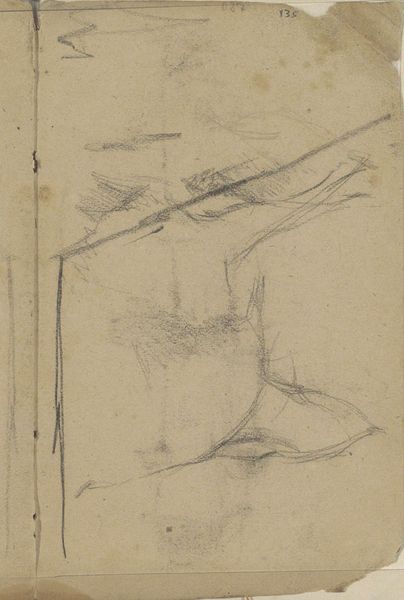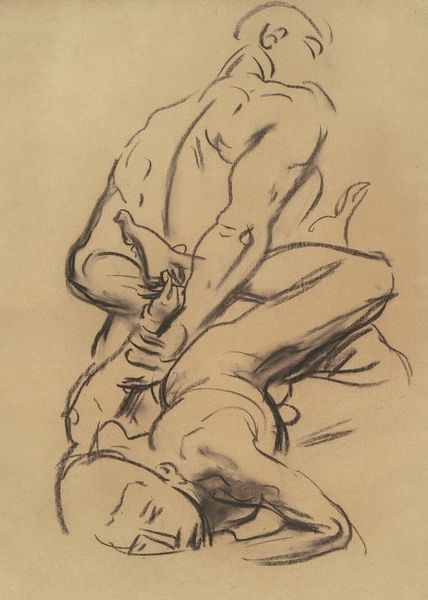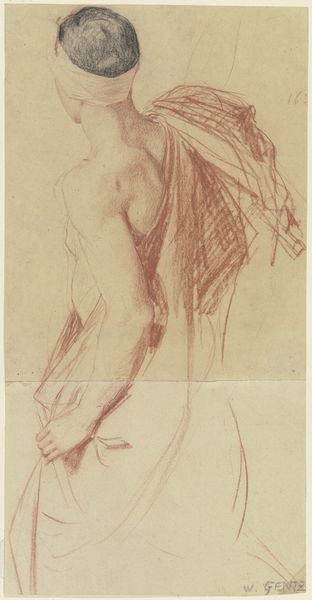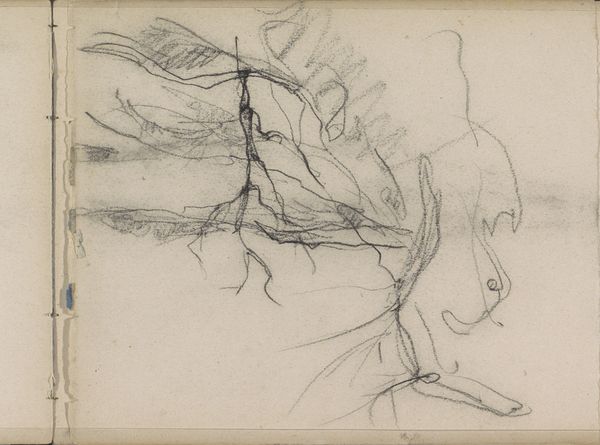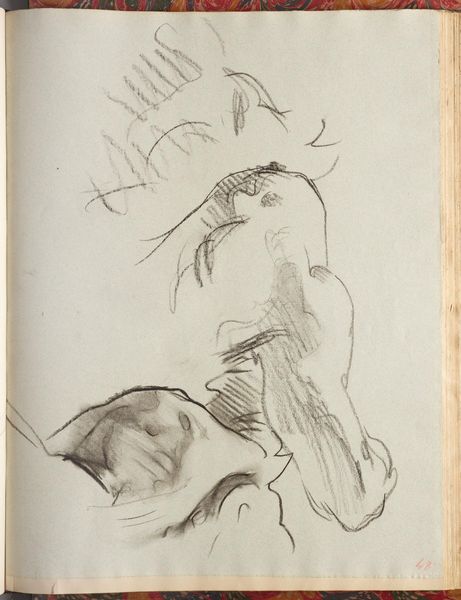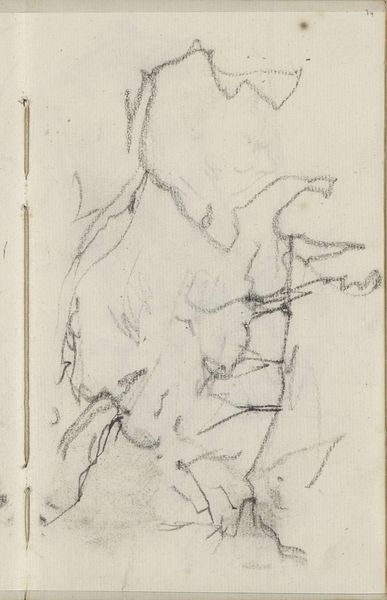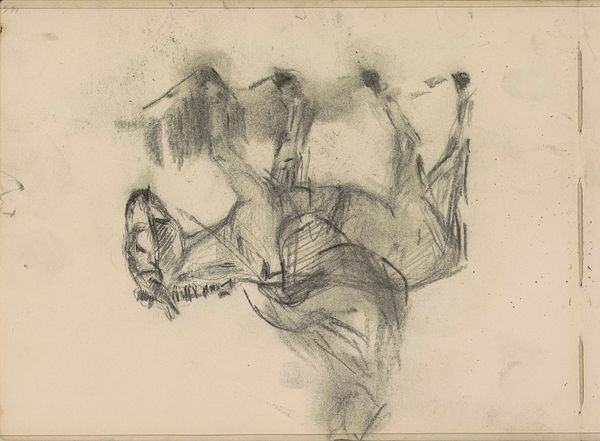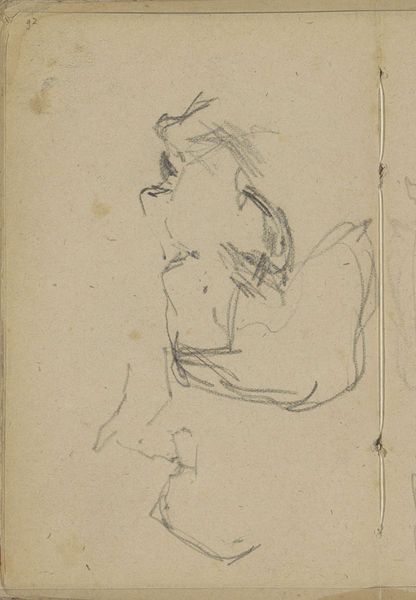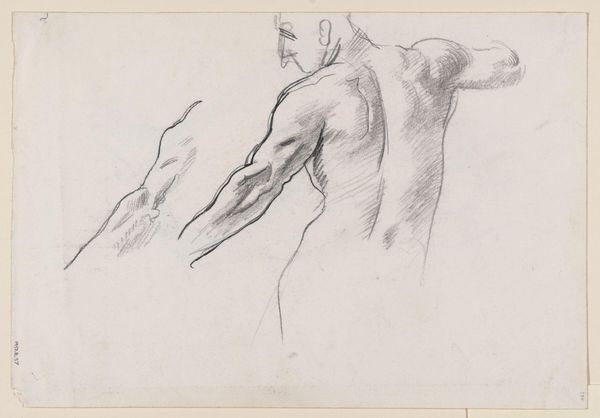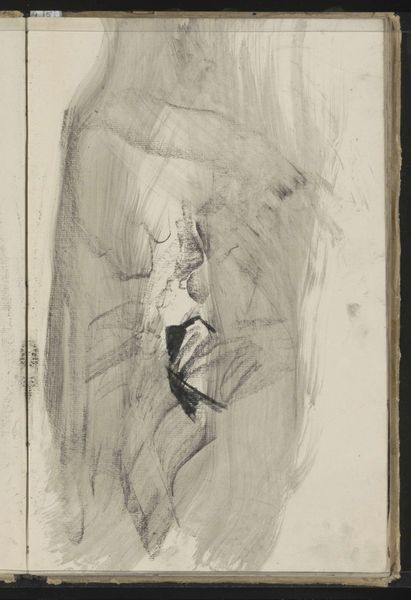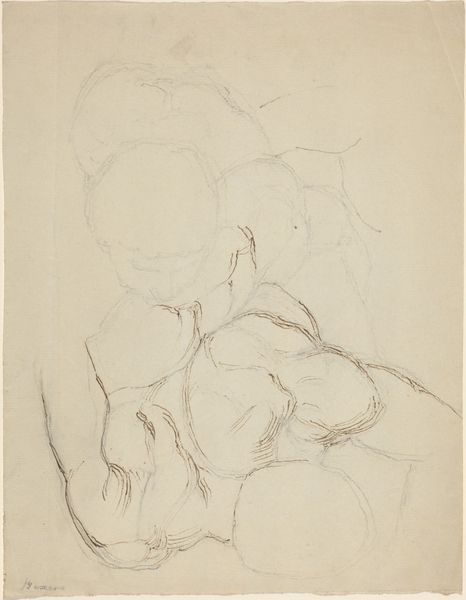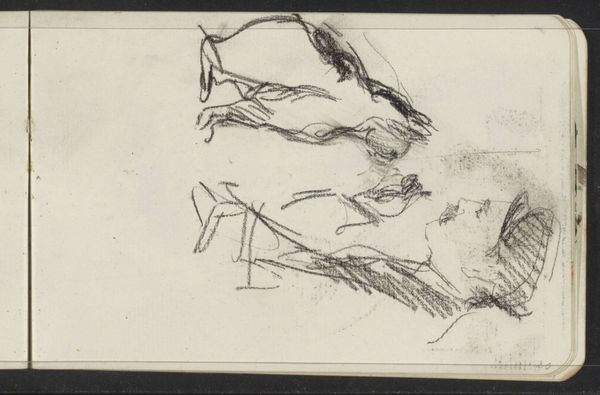
drawing, pencil
#
portrait
#
drawing
#
impressionism
#
pencil sketch
#
figuration
#
form
#
pencil
#
sketchbook drawing
#
profile
Copyright: Rijks Museum: Open Domain
Editor: This is "Mannenhoofden, in profiel," or "Men's Heads, in Profile," a pencil drawing by George Hendrik Breitner, made around 1880 to 1882. There's something very raw and immediate about it, like a quick glimpse into the artist's mind. What do you see in this piece, beyond the obvious subject matter? Curator: Beyond the surface, I see a reflection of the changing urban landscape of Amsterdam during that period. Breitner was known for capturing the lives of ordinary people, often focusing on working-class subjects. These rapid sketches, seemingly informal, become potent documents when viewed through the lens of social realism. Who are these men? What are their stories? Editor: I hadn't thought of it that way. I was focused on the technique, the loose lines and shading. Curator: Precisely, but consider that the technique itself serves a purpose. The fleeting, unfinished quality echoes the transient nature of modern urban life. Breitner's impressionistic style challenges traditional notions of portraiture, where sitters were often idealized and positioned as belonging to an elite segment of society. How do you think this portrayal would have been perceived at the time? Editor: Probably quite different. I suppose traditional portraits were more about status and power, while this feels… more human, maybe even vulnerable. Curator: Yes, and it prompts questions about representation and who gets to be seen, or rather, how they're seen. Breitner's focus on everyday figures – labourers, prostitutes, the working class, which could also reflect his own emerging place in society. His artistic circle championed similar ideals. This shifts the power dynamic between artist and subject, as they each contribute to portraying aspects of personhood and society. Editor: That’s really changed how I view this drawing. It's not just a study of heads; it’s a social commentary, and almost a challenge to the artistic conventions of the time. Curator: Exactly. By situating the work within a broader cultural and political landscape, we begin to decode its true significance. We reveal layers of social significance, artistic rebellion, and how everyday life reflects evolving power dynamics of personhood and society.
Comments
No comments
Be the first to comment and join the conversation on the ultimate creative platform.
